Image by Hong Zhang from Pixabay
|| Gardenia or Jasmine? || Start an Indoor Garden || History of the lotus flower || The Blooming Periods for the African Violets
Table of Contents
How Do Lotus Flowers Grow
Lotus flowers, also known as Nelumbo nucifera, are the national flower of India and the state flower of West Bengal. The lotus flower represents purity, love, and prosperity in many Asian cultures. It is also one of the most recognizable flowers in the world. Its beautiful blooms have inspired art and literature for thousands of years. Perhaps you have wondered how lotus flowers grow and blossom. Here are a few facts on how a lotus flowers.
How Often Do Lotus Flowers Bloom?
Like any other flower, lotus flowers bloom at different times. The season for blooming lotus flowers changes depending on the climate and conditions of a specific area. In tropical climates, such as India, lotus flowers bloom mostly in the summer months between June and August. In other parts of the world, such as the southern United States, lotus flowers bloom early to mid-spring. In addition to seasonal changes, lotus flowers bloom depending on the amount of sunlight and water.
The lotus flower is famous for its beautiful flower that only lasts a day before wilting and dying. But these flowers are just one part of the plant. Many leaves and rhizomes on the lotus plant, or underground stems, help create the next generation of lotus flowers.
The rhizome produces a bud in a few months that looks like a new flower. This flower is the next generation of Lotus and will bloom again. The lifecycle of the lotus flower continues as the rhizome and bud continue to reproduce into new generations of lotus flowers.
Can I Grow Lotus Flowers Indoors?
Yes! Lotus flowers can be grown indoors because they are easy to care for and do well in artificial environments. Lotus plants will grow in both fresh and artificial water. Lotus plants enjoy having at least four hours of sunlight, so placing your lotus plant near a south-facing window is ideal. Lotuses also enjoy being in warm, humid environments, so keeping your plant on top of a heating vent will help keep it warm.
How Much Sunlight Would a Lotus Plant Need?
The lotus flower requires a lot of sunlight to bloom. The lotus flower grows underwater, and where it can receive sunlight, it can bloom beautifully.
To grow a lotus flower, you need to have an area that receives a large amount of sunlight. Placing the lotus flower in a small pot will limit the amount of sun it will receive, giving it plenty of space.
The lotus plant is a flowering plant that is best grown in the sunlight. These plants thrive in warm and sunny areas. If you live in a location with more than six hours of daylight, the lotus plant will grow with ease. In addition to warm temperatures and sunlight, these plants need access to plenty of water to grow and thrive.
Where Do Lotuses Grow Naturally?
The lotus plant naturally grows in muddy swamps, ponds, and streams. These plants can also be found in standing water, rooted in the mud. However, they are not adapted to be rooted in mud. When the Lotus serves in water, the roots receive oxygen instead of oxygen from the air. This adaptation allows the lotus plant to survive in water.
Also, Begonia ferox is an aquatic plant. The stem of the plant has special adaptations for its existence in water. The branch of the plant is hard, tough, and woody. This way of growth protects the plant from the violent current of water. The stem is also covered with a waxy coating that helps protect the plant from the water.
How to grow the Lotus?
The lotus plant is easy to grow if you have the right setup for these plants. The lotus plant grows best in a medium-depth container filled with sand or soil. The container must have drainage holes to allow the water to flow through the soil. If you live in a warmer climate, you should choose a container with a deep opening. This will create an environment for the lotus plant to grow.
How to plant Lotus seeds?
Before planting your seeds, make sure that you have the right amount of media, the right type of soil, and a pot big enough to accommodate the root system. The lotus seeds are very small and should be planted in a small container. You can use any container you can find. It must have drainage holes and be able to hold water well.
The best time to plant the lotus seeds is when it is warm outside. Wait for about two weeks before planting your seeds for them to germinate properly. Once they have germinated, transplant them into their final location, watering them as needed until they thrive in their new home.
Fertilizing Lotus.
Fertilizing your lotus plant requires a soil conditioner. This is normally added to the soil when you prepare the media. If you wish to follow a healthy fertilization regimen, you should use a fertilizer that can be applied regularly. This means that you should use a fertilizer that is made for lotus plants.
The best way to feed your lotus plants is by foliar spraying them. This means that you use a fertilizer that is made for foliar spraying.
Overwintering Lotus plants.
Overwintering your lotus plants is not a very easy task. As with most plants, the lotus plant requires light and water to remain healthy. To overwinter your plants, you need to provide the lotus plants with a dry condition yet enough light to stay green. If this is not possible, you should take the lotus plants out of their pots and store them in an unheated location. Furthermore, the lotus plants should be watered regularly.
Repotting Lotus plants.
Repotting your lotus plants should occur every year. Usually, this will occur in the springtime. If you wait too long to repot, you may have difficulty finding the larger pots required to grow your plants. After repotting your lotus plants, you must leave them outside to acclimatize them to their new environment.
Propagating Lotus plants.
Propagating your lotus plants is quite simple. You can use either of two methods to propagate your lotus plants. The first method entails using a sharp knife. You will take the lotus plant and cut the stem of the lotus plant into thirds. You will then place the stem into the water. You will likely have to cut at least half of the stem off before the plant begins to sprout new leaves.
Watering your Lotus plants.
Watering your Lotus plants is one of the most important aspects of caring for them. It would help if you watered your lotus plants at least twice a week. This ensures that the lotus plant remains healthy and does not dry out. You may have to water your lotus plants more often if it is in a climate with a high amount of humidity or if you are having problems with the amount of heat in the room where you are growing the plant. To prevent overwatering, you should use a moisture meter to check how much water your lotus plant needs each day. Furthermore, it would help if you did not allow any standing water to remain in the pot for more than 24 hours.
Mulching Lotus Plants
Mulching is simply using materials such as straw, leaves, and hay to cover up soil around your roots when planting or transplanting your lotus seeds so that they do not dry out quickly.
Mulching is the best way to keep your lotus plant from drying out and losing moisture. It also allows for more efficient water use because it prevents roots from growing into the dirt. Furthermore, mulching also helps retain moisture in the soil itself, which means that you do not have to water as often.
Mulching also helps to keep down weeds and pests. However, it is essential to note that it is good to check your mulch regularly for any signs of insects or diseases before you plant your lotus seeds. You can use a simple rake or shovel to remove any dead leaves or plants that have fallen on top of the soil. If you notice any pest infestation, you should throw away your mulch entirely and buy a new one.
Feeding Lotus Plants
Feeding your Lotus plants is crucial if you want them to grow properly and thrive in their environment. The amount of food you provide your lotus plant will depend on the type of soil you have, the temperature and humidity levels of your home, and the size of your lotus plant.
In conclusion, Lotus plants are excellent and beautiful houseplants suitable for almost any environment. While they may take some time to grow and take care of, they are well worth the effort. If you have any questions regarding the care of your Lotus plant, please feel free to contact us today.


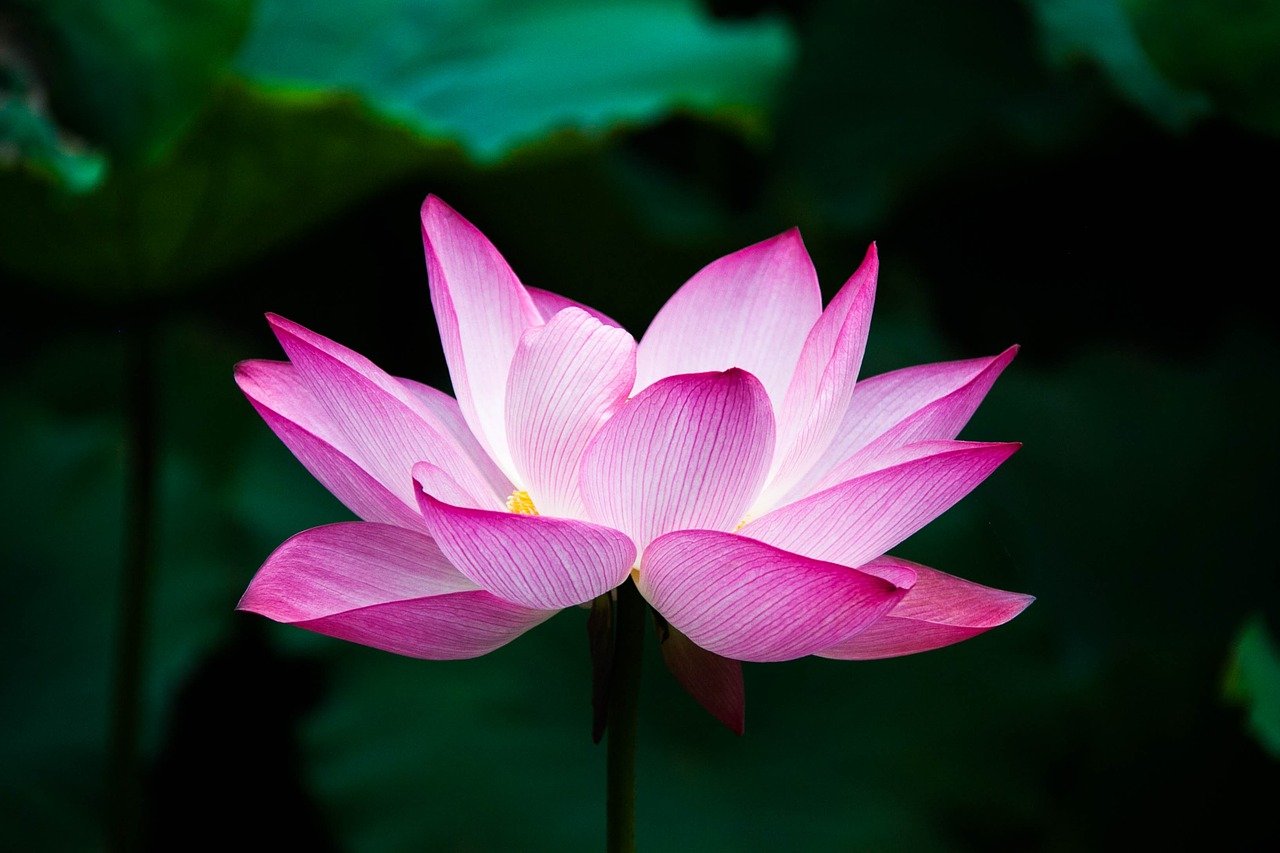
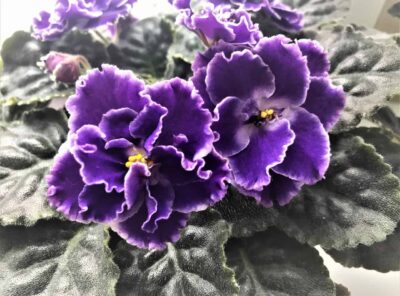

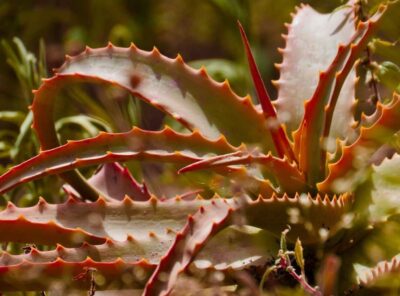
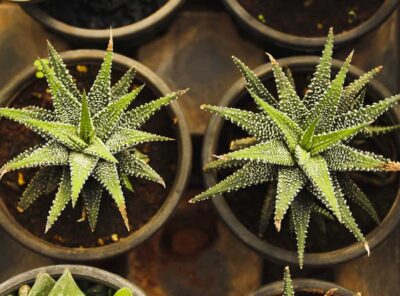
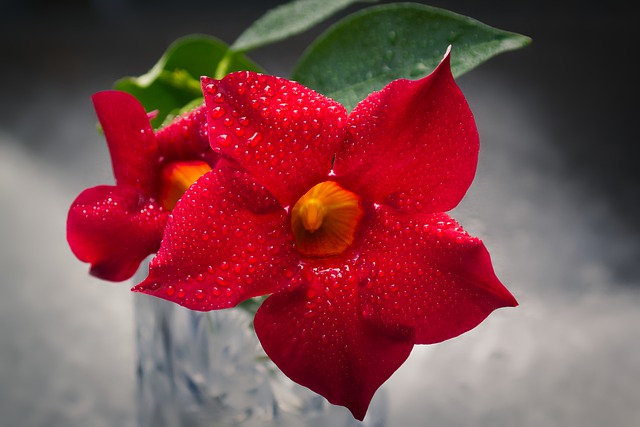


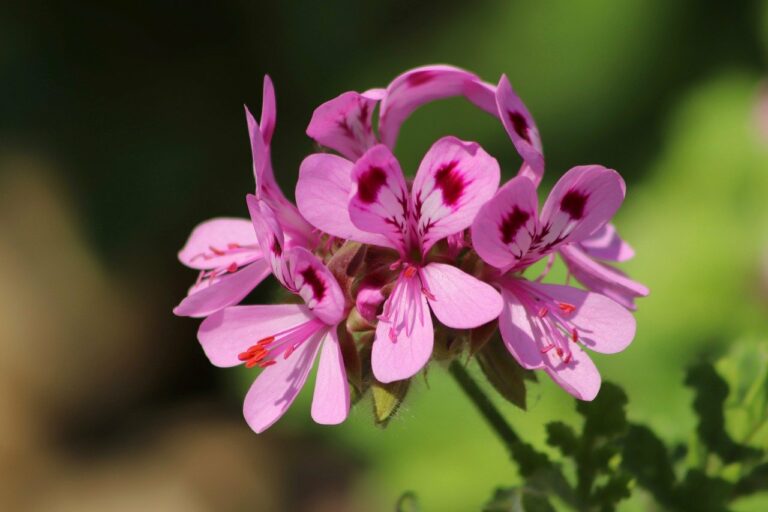


One Comment
Comments are closed.